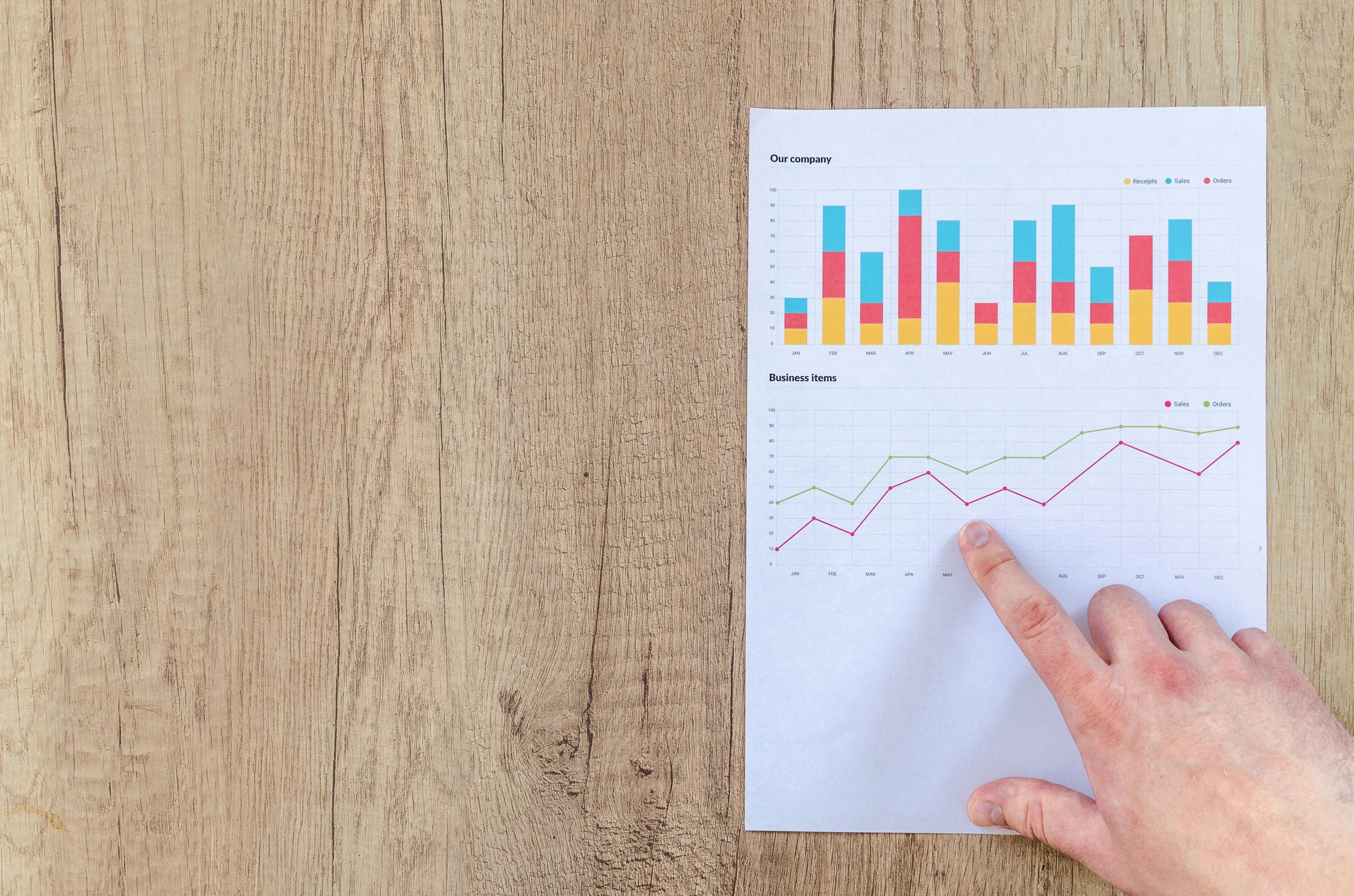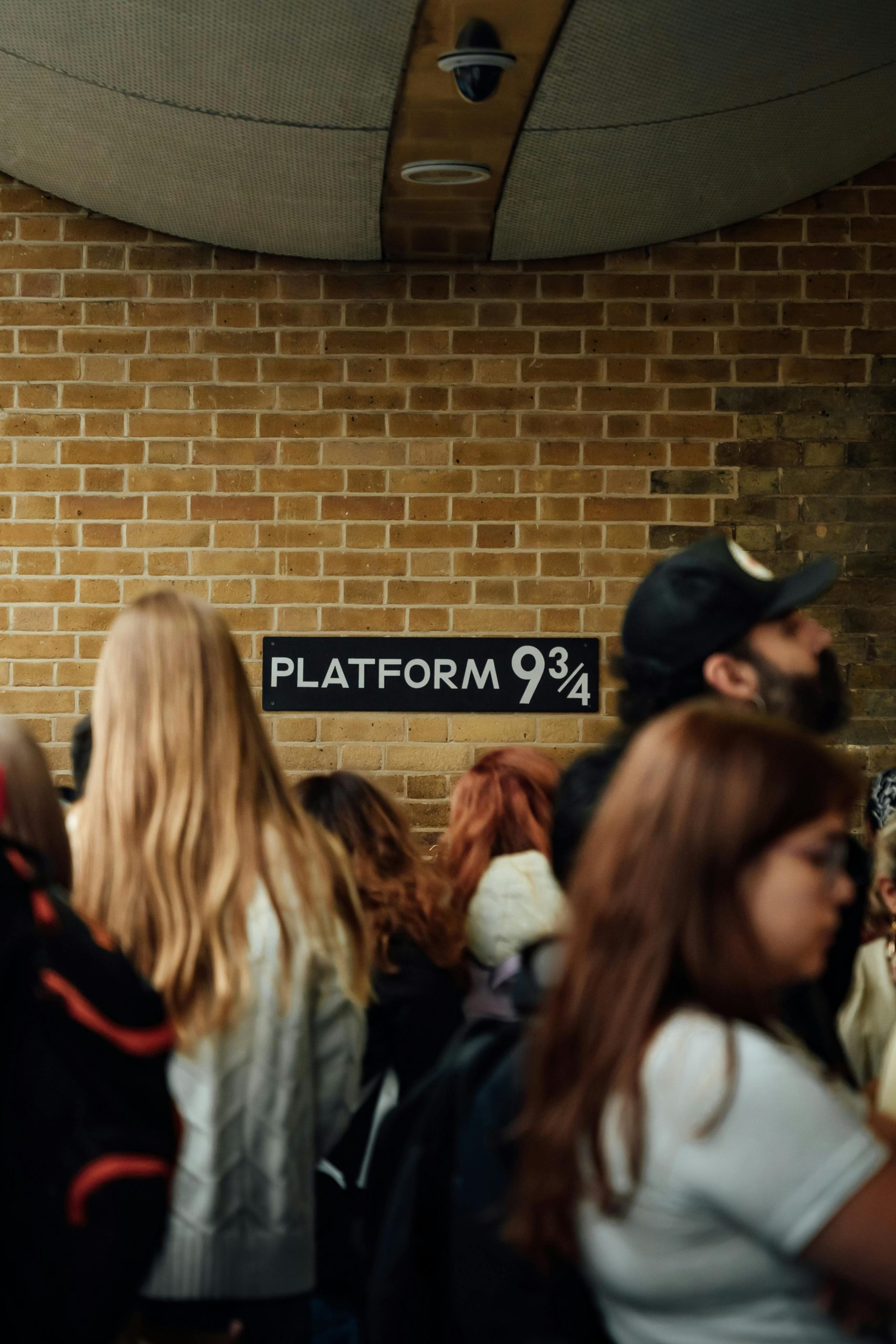The American partisan divide, characterized by deep-rooted ideological differences and political polarization, has been intensifying for decades. In exploring its potential evolution, several key factors come into play:
Demographic Shifts: The United States is undergoing significant demographic changes, with increasing diversity due to immigration and changing birth rates among different ethnic groups. These changes could influence party dynamics and policy priorities, potentially leading to shifts in how political affiliations are formed and maintained. Historically, such shifts can alter the landscape, either bridging or deepening divides depending on how parties adapt.
Media Influence: The role of media in shaping public opinion cannot be overstated. As long as media ecosystems continue to cater to specific ideological bases, often prioritizing sensationalism over unbiased reporting, this could perpetuate or even exacerbate partisan divides. However, there is potential for new media paradigms that prioritize constructive dialogue and fact-based reporting to mitigate this trend.
Political Leadership: The willingness of political leaders to engage in bipartisan cooperation and promote unity plays a crucial role. Leaders who prioritize dialogue and seek common ground can facilitate healing, whereas those who exploit divisions for political gain may worsen the divide. The upcoming generation of leaders may harbor new perspectives that could influence the trajectory of partisanship.
Civic Engagement: Increased civic education and engagement can empower citizens to transcend partisan divides. A more informed and engaged populace could demand accountability from political representatives and foster a climate of tolerance and understanding.
Policy Performance: Public perception of government efficacy, particularly in addressing pressing issues like economic inequality, healthcare, and climate change, could sway partisan allegiances. Successful bipartisan policy initiatives might boost confidence in collaborative governance, while continued gridlock could deepen frustrations and divisions.
In conclusion, the evolution of the American partisan divide depends on the interplay of these and other factors. While there are pathways to healing and overcoming polarization, it requires concerted efforts from political leaders, media, and the public. Without such efforts, there remains a risk of further deterioration. Understanding and addressing the root causes of division, along with fostering environments conducive to dialogue and compromise, are essential for a more unified future.


